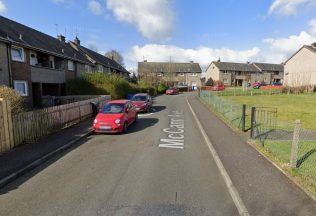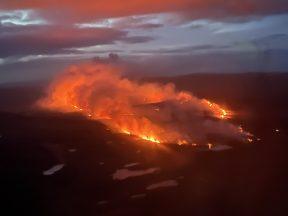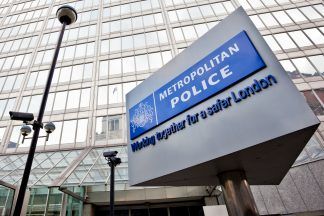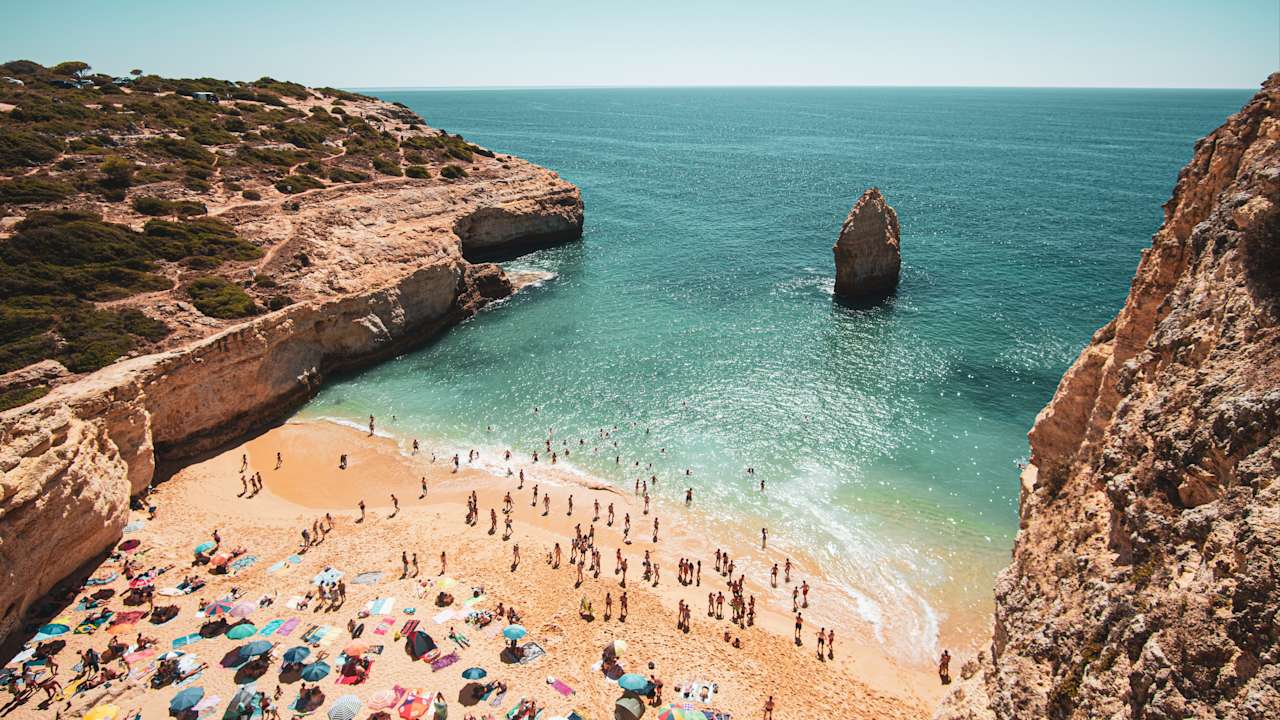Taiwan’s strongest earthquake in a quarter of a century has rocked the island during the morning rush hour, damaging buildings and major roads and causing the deaths of four people.
Taiwan’s national fire agency said four people died in Hualien County and at least 57 were injured in the quake that struck just before 8am on Wednesday.
The local United Daily News reported that three hikers died in rockslides in Taroko National Park near the offshore epicentre.
A five-storey building in Hualien appeared heavily damaged. In the capital Taipei, tiles fell from older buildings and in some newer office complexes, while debris fell from some building sites.
Schools evacuated their students to sports fields, equipping them with yellow safety helmets. Some also covered themselves with textbooks to guard against falling objects as aftershocks continued.
Train services were suspended across the island of 23 million people, as was the subway service in Taipei, where a newly constructed above-ground line partially separated. The national legislature, a converted school built before the Second World War, also had damage to walls and ceilings.
Traffic along the east coast was at a virtual standstill, with landslides and falling debris hitting tunnels and roads in the mountainous region. Those caused damage to vehicles.
Despite the quake striking at the height of the morning rush hour, the initial panic faded quickly on the island, which is regularly rocked by quakes and prepares for them with drills at schools and notices issued via public media and mobile phone.
Authorities said they had only expected a relatively mild quake of magnitude 4 and accordingly did not send out alerts.
Still, the earthquake was strong enough to scare people who are used to such shaking.
“Earthquakes are a common occurrence, and I’ve grown accustomed to them. But today was the first time I was scared to tears by an earthquake,” said Taipei resident Hsien-hsuen Keng. “I was awakened by the earthquake. I had never felt such intense shaking before.”
She said her fifth-floor apartment shook so hard that “apart from earthquake drills in elementary school, this was the first time I had experienced such a situation”.
Hualien was last struck by a deadly quake in 2018, which saw the collapse of a historic hotel and other buildings. Taiwan’s worst quake in recent years struck on September 21 1999, with a magnitude of 7.7, causing 2,400 deaths, injuring around 100,000 and destroying thousands of buildings.
The Japan Meteorological Agency said a tsunami wave of 30 centimetres was detected on the coast of Yonaguni island about 15 minutes after the quake struck. Smaller waves were measured on the islands of Ishigaki and Miyako. Japan sent military aircraft to gather information about the impact around the Okinawa region.
Taiwan’s earthquake monitoring agency gave the magnitude as 7.2 while the US Geological Survey (USGS) put it at 7.4. It struck about 11. miles south-southwest of Hualien and was about 21 miles deep.
Multiple aftershocks followed, and the USGS said one of the subsequent quakes was 6.5 magnitude and seven miles deep. Shallower quakes tend to cause more surface damage.
The earthquake was felt in Shanghai and several provinces along China’s south-eastern coast, according to Chinese media. China and Taiwan are about 100 miles apart. China issued no tsunami warnings for the Chinese mainland.
Residents of China’s province of Fujian reported violent shaking, according to Jimu News, an online outlet. One man told Jimu that the shaking woke him up and lasted about a minute.
In the Philippines, residents along the northern coast were told to evacuate to higher ground, but no major tsunami was reported about three hours after the quake.
Japan’s chief cabinet secretary, Yoshimasa Hayashi, said there has been no report of injury or damage in Japan. He urged residents in the Okinawa region to stay on high ground until all tsunami advisories were lifted.
The Pacific Tsunami Warning Centre said there was no tsunami threat to Hawaii or the US Pacific territory of Guam. About three hours after the earthquake, it said the threat had largely passed for all areas with waves being reported only in Taiwan and southern Japan.
Taiwan lies along the Pacific Ring of Fire, the line of seismic faults encircling the Pacific Ocean where most of the world’s earthquakes occur.
Follow STV News on WhatsApp
Scan the QR code on your mobile device for all the latest news from around the country
























